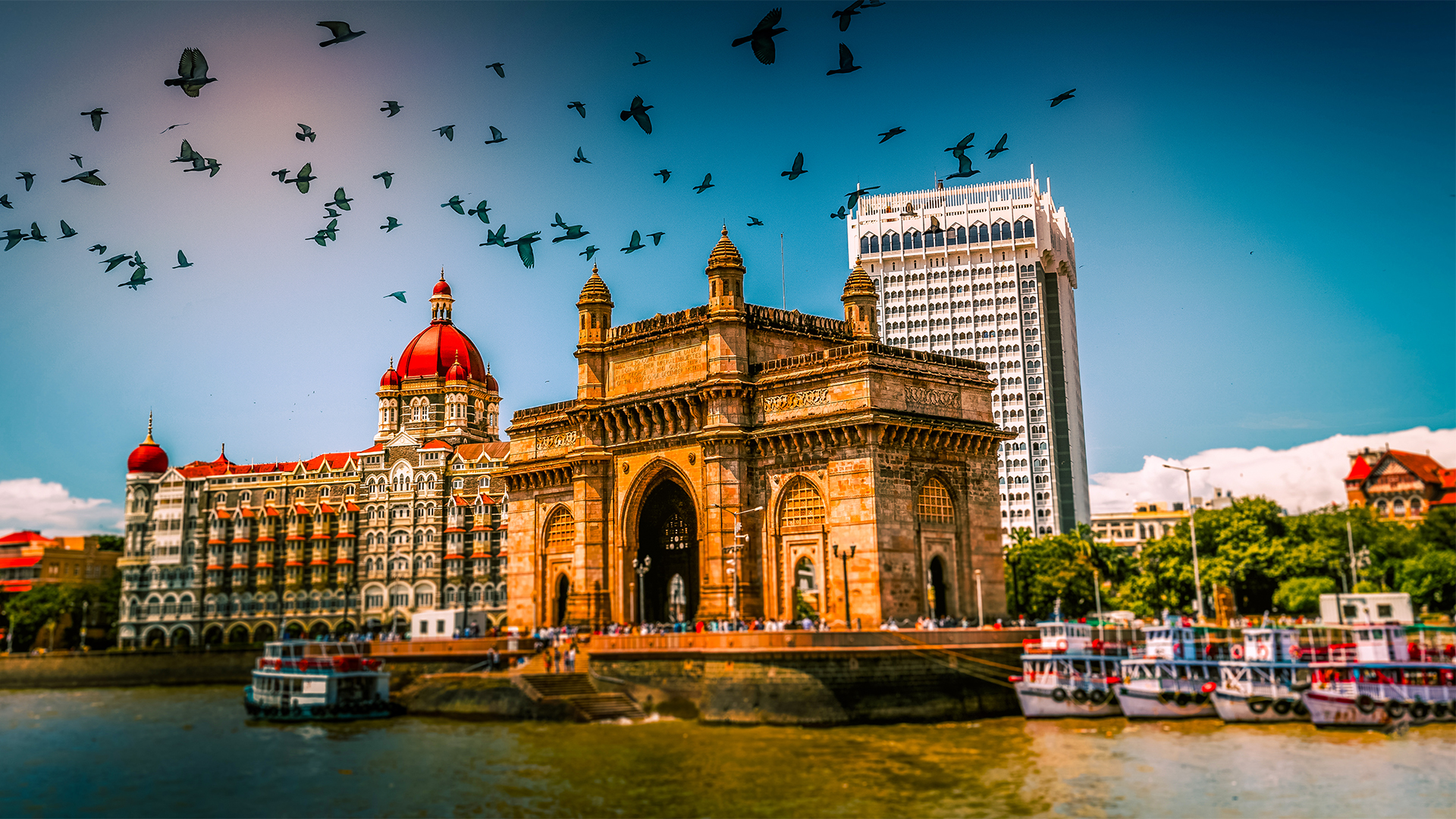Infrastructure’s role in the Indian economy
It is no doubt that infrastructure growth is critical for a country’s development. To promote such growth, India is leading efforts to dedicate attention and funds to developing infrastructure, which is evident by the efforts at the central and state levels. The pandemic and the subsequent challenges to the supply chain led to India’s focus on “Make in India” and self-reliance. In light of the disruptions within the logistics sector, India resolved to expand and modernize its manufacturing capabilities. This shift in focus fueled the country’s goal to focus on infrastructure development. The governments on central and state levels are bringing in policies to facilitate the planning and execution of projects relating to power, roads and infrastructure needed for urban development, such as public transport and e-vehicles. In this article, we attempt to chart India’s path for building infrastructure.
Infrastructure is currently a key focus for India
One of the major initiatives, Gati Shakti, led to a shift within the infrastructure sector. Also known as the National Master Plan for Multi-modal Connectivity, the project is worth US$1.2t and aims to streamline the planning process and ensure that resources are effectively directed towards development planning. The different divisions of the governments will now have a platform to work together on infrastructure projects such as roads, railways, airports, ports, mass transport and waterways.
To further augment infrastructure development, the Indian government introduced the National Infrastructure Pipeline (NIP). The pipeline involves an estimated funding of more than US$1t over five years and includes projects in the renewable energy sector expected to actively involve private participants.
India also made headway in its plans for infrastructure development through a sovereign wealth fund. The fund is the National Investment and Infrastructure Fund (NIIF). NIIF was set up to manage investments and is intended to serve as a platform for co-investment by global and domestic investors and multilateral development banks (MDBs). The fund’s primary focus is on infrastructure and growth equity. In October 2023, the government announced the launch of an India-Japan Fund through a partnership with the Japan Bank for International Cooperation (JBIC). The fund has sanctioned US$600m and is dedicated to investments in efforts promoting sustainability and low carbon emissions. Further fostering the India-Japan strategic partnership, on February 20, 2024, the Japan International Cooperation Agency (JICA) announced that it has signed loan agreements for up to ¥232,209m. These loans are dedicated to funding certain projects, which include road network connectivity projects, a freight corridor project and projects for climate change response and enhancement of ecosystem services in specific areas within India.
The recent shift in India’s focus on the infrastructure sector has led to the launch of several high-scale projects across the country. The highway connecting the capital city, Delhi, with the financial city, Mumbai, is one of them. This unprecedented project is expected to be completed this year and significantly reduce travel time between the two megacities. With the project’s first phase already inaugurated this month, India continues its push to enhance infrastructure.
2024 will also be marked by the completion of the world’s highest railway bridge. Launched on February 20 of this year, this bridge is predicted to promote supply chain and economic growth significantly. The completion of this project is seen as evidence of India’s capabilities in civil engineering. More than a dozen of other highway projects are in progress. Plans to develop and modernize railway corridors are also underway.
With the launch of the UDAN scheme, the country’s aviation sector is also expected to boom. The scheme has led to a doubling of the number of airports. The culmination of these projects is expected to strengthen the country’s supply-chain sector significantly.
The government is aiming to strike a balance between urban transformation and schemes promoting responsible commuting. The “PM-eBus Sewa Scheme” launched last year is one of such schemes. This initiative will re-invent the country’s bus operations and encourage the use of public transport through payment security mechanisms.
The interim budget allocation announced for 2024/25 earlier this month signals India’s continued commitment to build infrastructure. The Indian government will devote about US$134bn to projects within the infrastructure sector. This step will raise the country’s spending in the sector by around 11 percent compared to last year.
The government’s efforts to complement urban development with sustainability
The interim budget also unveiled the viability gap funding, which will be offered for offshore wind power projects. In addition, through the rooftop solar programme (PMSY Scheme), several households will benefit from free electricity and rooftop solar installations. Efforts in procuring biomass aggregation machinery will benefit from funding options. The budget also featured plans to develop infrastructure for manufacturing and charging e-vehicles. Along with the efforts to spur investments in infrastructure building, the country is bringing back the focus on sustainable development, especially in light of its commitment to attain zero greenhouse gas emissions by 2070.
Challenges facing building India; Making it happen
India is prioritizing infrastructure development, but there are certain hurdles that it must tackle. The recent initiatives introduced in India indicate a shift in the government’s approach to infrastructure development by inviting private investment within the infrastructure sector. With the growing interest of foreign investors, it is becoming crucial for India to ensure a conducive investment climate and maintain an effective regulatory regime to protect investors’ interests. Procedural delays and regulatory hurdles are posing the risk of driving foreign investment away. An adequate regulatory regime, transparent governance and an efficient and streamlined licensing process are needed to cover all stages of infrastructure projects.
In addition, skepticism abounds over whether India will continue with its commitment to sustainability and environmental protection. With the existing threat to the environment and the imminent risk of climate change, there is a strong need for the economy to track and limit the impact of development on the environment. By supporting sustainable development and prioritizing the generation and use of renewable energy, India will benefit by inching closer to its carbon footprint reduction goal. In addition, such an approach will help make the infrastructure sector a lucrative investment for foreign investors. Overall, steps towards bridging infrastructure development and sustainability will improve residents’ quality of life and pave the way for economic growth.
The recent economic downturn globally has posed difficulty in securing funding options for infrastructure projects in India. Problems due to the higher costs of financing have taken center stage globally. While this may also be true for India, the economy benefits from being exposed to a global downturn to a limited extent, which presents the possibility for India to recover relatively quicker and continue to be a preferable economy for foreign investment.
The lack of a mechanism for resolving disagreements also poses as a challenge to infrastructure development as there is a risk of project delays, especially for infrastructure projects. Effective ways to address disputes and deadlocks will avoid project cost overruns and facilitate smooth completion. Adapting alternative dispute resolution mechanisms and standardizing documents will minimize disruptions in projects. Parties to the conflict will have a higher chance of mitigating delay risks by involving technical experts in the dispute resolution process.






